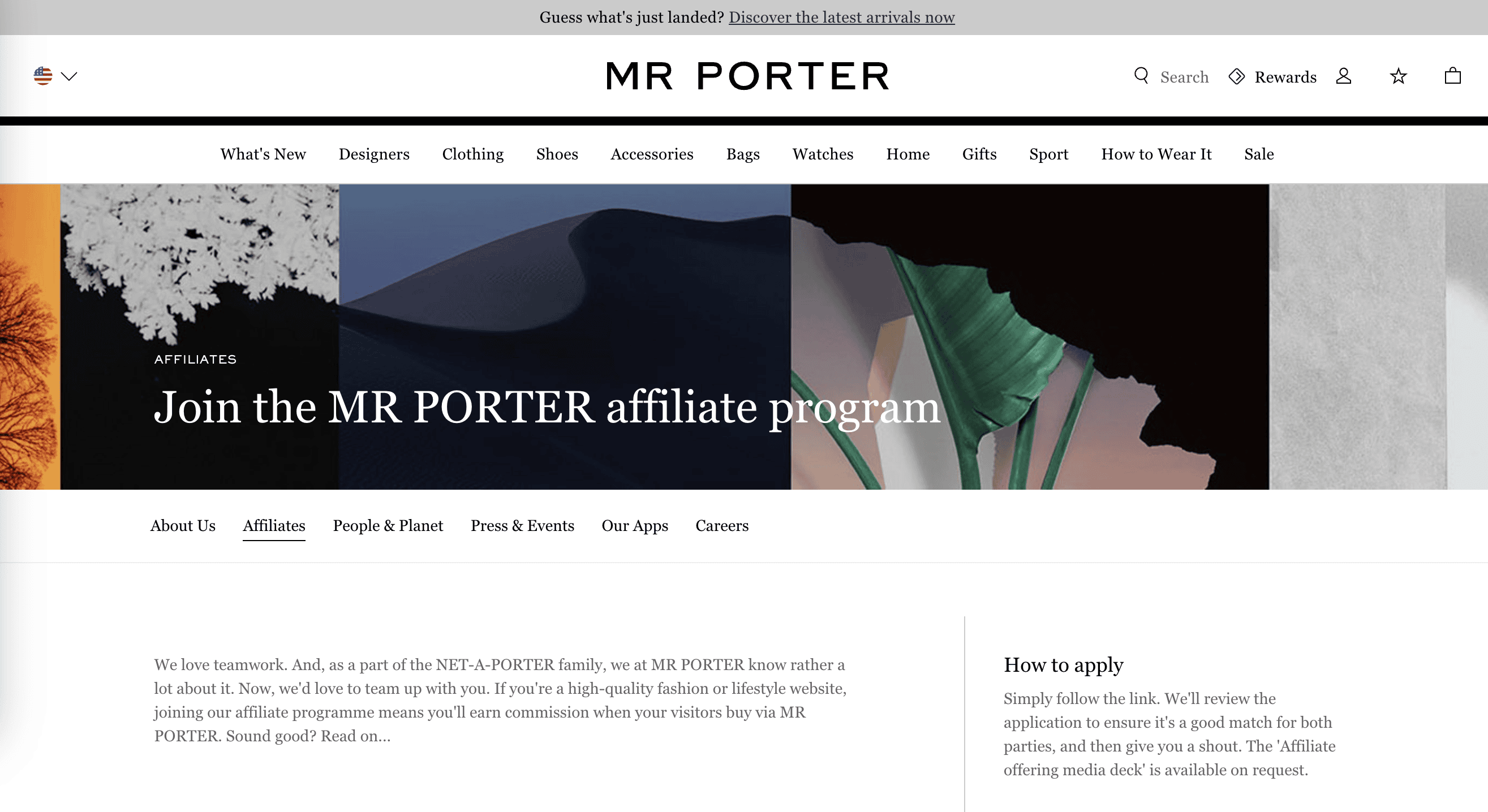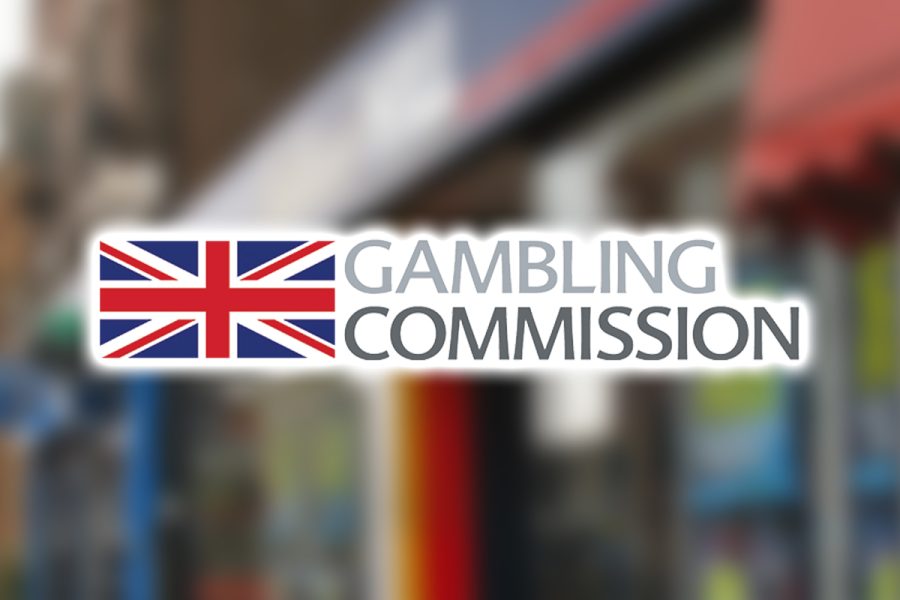Business Safety Should Be Preventative – A Guide
Use preventative measures like bio-metric access, electronic surveillance and lighting in your business. Avoid situations leading to use of safety measures.
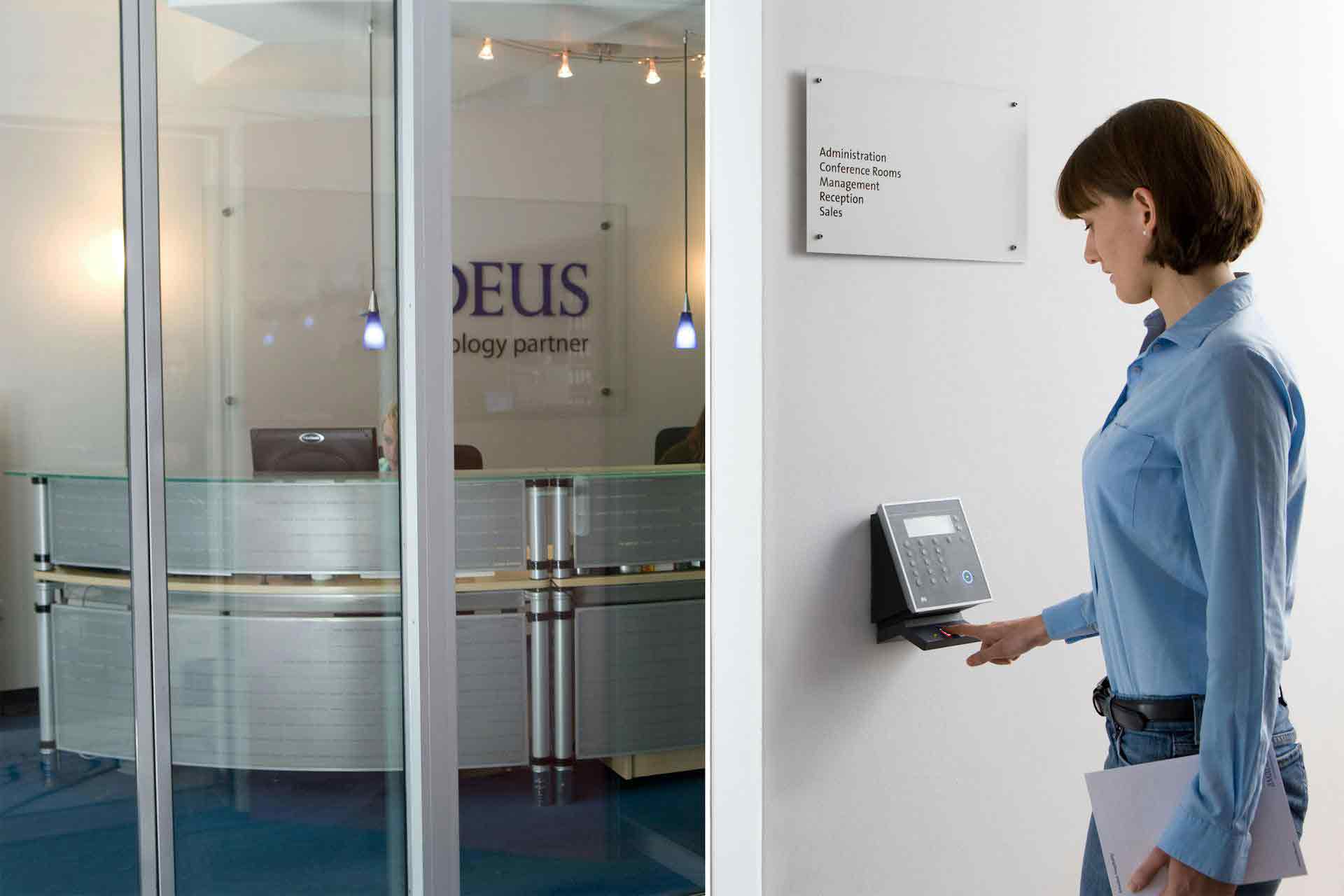
The popular cliché prevention is better than cure makes sense even in the aspects of safety and security. The ways to prevent undesirous events from happening should be of paramount importance. Some practical implementation tips are to secure access control, set up surveillance systems, upgrade to motion lighting, and much more. ~ Ed.
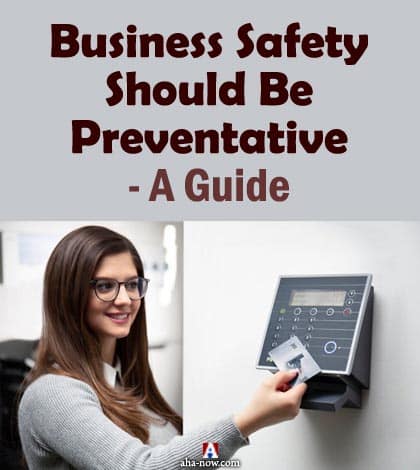
It’s one thing to stop the effects of a safety mistake from harming anyone. For example, it’s good if falling debris hits a hard hat at just the right angle so as to protect the head and not injure the neck. But it would be best if the debris didn’t fall in the first place.
Business safety should be preventative if it’s to be effective, then. This applies to almost everything, outside of the risks that cannot be avoided, but can be managed and reduced. For example, no elevator is going to be 100% safety proof at all times by its very nature of being a suspended system held and moved by large wires. However, it has so many points of failure built in, and so many safety redundancies in place that far and away before an issue happens, dozens of other fail safes have stopped the problem. This means that even if a number of the cables are cut due to hypothetical sabotage, the carriage will still lock in place.
It’s good to think of safety in this way, especially if you’re trying to protect your staff first (of course) and sensitive systems second. In this post, we’ll discuss how to think through that process, and how to maximize prevention before defense.
6 Ways to Implement Preventative Business Safety
Reinforcing appointment systems, reporting systems, and business communications in addition to other security measures contribute to a robust safety system.
Access Control
Door security needs careful thought if you’re going to do it right, because the normal flow of people can’t be too hard to put in place, but you also need to ensure no one untoward is given access to your building.
Modern key cards and access control system vendors are worthwhile, as they create a record of building traffic, making it easier to understand who goes where throughout the day. Staff members usually appreciate having different clearance levels, because it means they don’t have to worry about securing areas that aren’t part of their daily work. Managing all those permissions takes time, but it’s worth getting right. Most buildings find that splitting access by department or role works well, especially when people need to focus without interruption or work with sensitive information.
Video Surveillance
Camera systems prevent problems far more often than they catch wrongdoing because people naturally behave differently when they know cameras are around. Even if you’re entirely innocent, normal, honest and doing what you’re supposed to, you’ve likely felt you have to act correctly knowing every second was being recorded. It’s just human nature, and luckily it applies to criminals or those considering harmful acts too.
More than security, the footage helps you to easily resolve disputes and conflict quickly if there is some. For example, new employees learn faster when they can watch recordings of experienced staff handling complex situations, like how they refused a problem customer or asked someone to leave. Moreover, camera checks often reveal interesting patterns too, like which entrances people actually use most often, or where delivery drivers prefer to park, or who isn’t locking up correctly. These observations lead to better decisions about pretty much everything a concerned manager would want to improve.
Motion Lighting
Lighting that will turn on and off in line with general movement serves multiple worthwhile functions for a firm. To begin with, empty corridors and parking areas stay dark until needed, putting down electricity costs. So that’s a win.
But then when someone walks through, the space ahead lights up automatically. Staff working unusual hours appreciate this feature, particularly during winter months when it gets dark early. The sudden brightness also tends to discourage people from lingering in places where they shouldn’t be, for instance, those who are walking down the side of a warehouse and are suddenly lit up with cameras covering them.
The initial cost of installation usually pays for itself through lower energy bills and reduced security incidents that way, and of course, you can also show you’re safeguarding staff by keeping areas of the business lit, like your entrance space or the outside bike shed for your cycling scheme.
Reception Reporting Systems
Keeping track of building occupants matters more than many people realize, because during emergencies, having an accurate headcount can potentially save a life, or prevent a firefighter from risking themselves going into a building to find someone who isn’t there.
A well-designed system means considering both security needs with practical considerations, as visitors should feel welcomed rather than interrogated. Many offices now use tablets for sign-ins, which speeds up the process while still collecting necessary information, or a staff door that scans in with a keycard and registers you officially.
Appointment Systems
Now, most businesses, even those closed to the public, will spend time planning who visits to help keep the police safe and to have a good timeline of who and who isn’t welcome. A good scheduling system will generally help you to limit overcrowding and let you know the general flow of people that day.
For the most part, unexpected visitors will always show up, but having clear procedures helps staff handle these situations confidently and to make an appointment for them without letting them into an unprepared space. We’d recommend reviewing this system and your appointment set, because helps spot patterns that might need attention, like certain times when the reception area gets particularly busy, or the departments not registering appointments through the safest channels.
Business Communications
Of course, a building that is regularly used is something of a living thing, it has people coming in and out, it has structural changes (however small), and also circumstances we need to be aware of. So, easy to access and continual updates about building operations help everyone work more safely and efficiently. Staff notice potential problems sooner when they know what to watch for along with this, such as being told to keep an eye on unapproved access or those without identification badges on their lanyards.
You can start pretty easily with simple group messages, as they work well for sharing quick updates about immediate concerns, while longer explanations fit better in regular team meetings or a wider briefing email. Also showcasing how your reporting pathways should take place can help you avoid them becoming problems later on.
Summing Up
Enhance the safety of your employees and business by implementing multiple checks and security systems. These include measures like strengthening access control, increasing video surveillance, adding motion lighting, creating reception reporting systems, using appointment systems, and setting up business communications.
With this advice, we hope you can see how business safety should not only be focused, but preventative too.
Over to you
What types of safety and security measures do you use at your business workplace or organization? Share your tips and experiences in the comments below.
Disclaimer: Though the views expressed are of the author’s own, this article has been checked for its authenticity of information and resource links provided for a better and deeper understanding of the subject matter. However, you're suggested to make your diligent research and consult subject experts to decide what is best for you. If you spot any factual errors, spelling, or grammatical mistakes in the article, please report at [email protected]. Thanks.

 Aliver
Aliver 










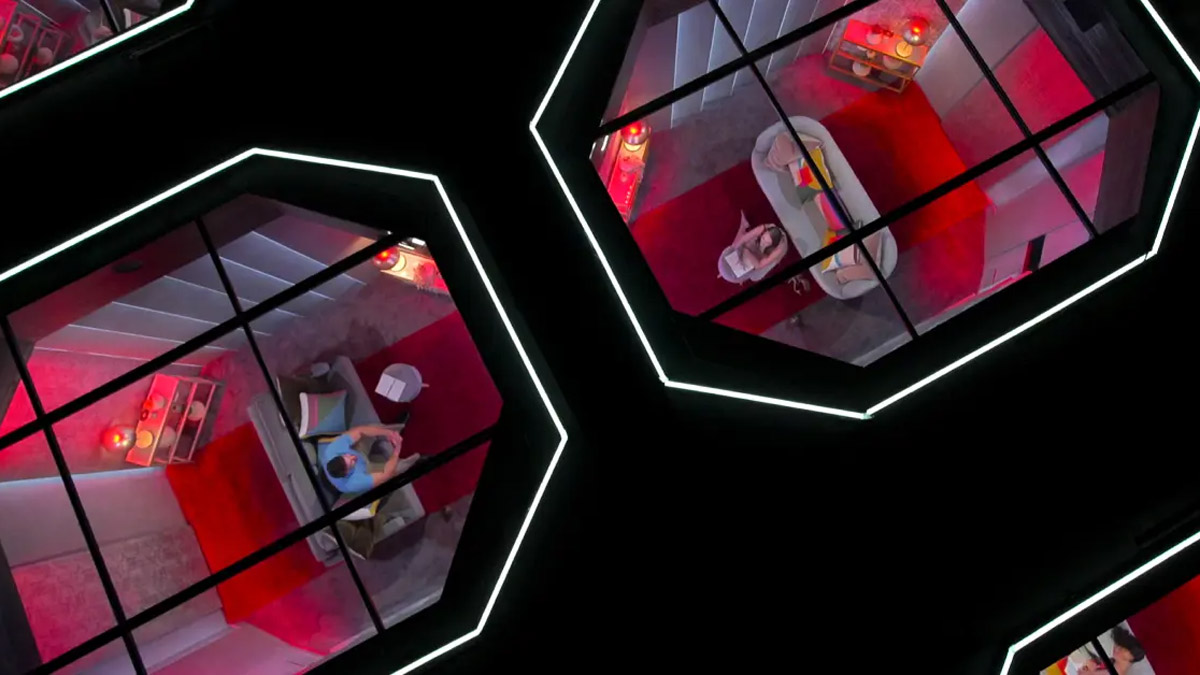





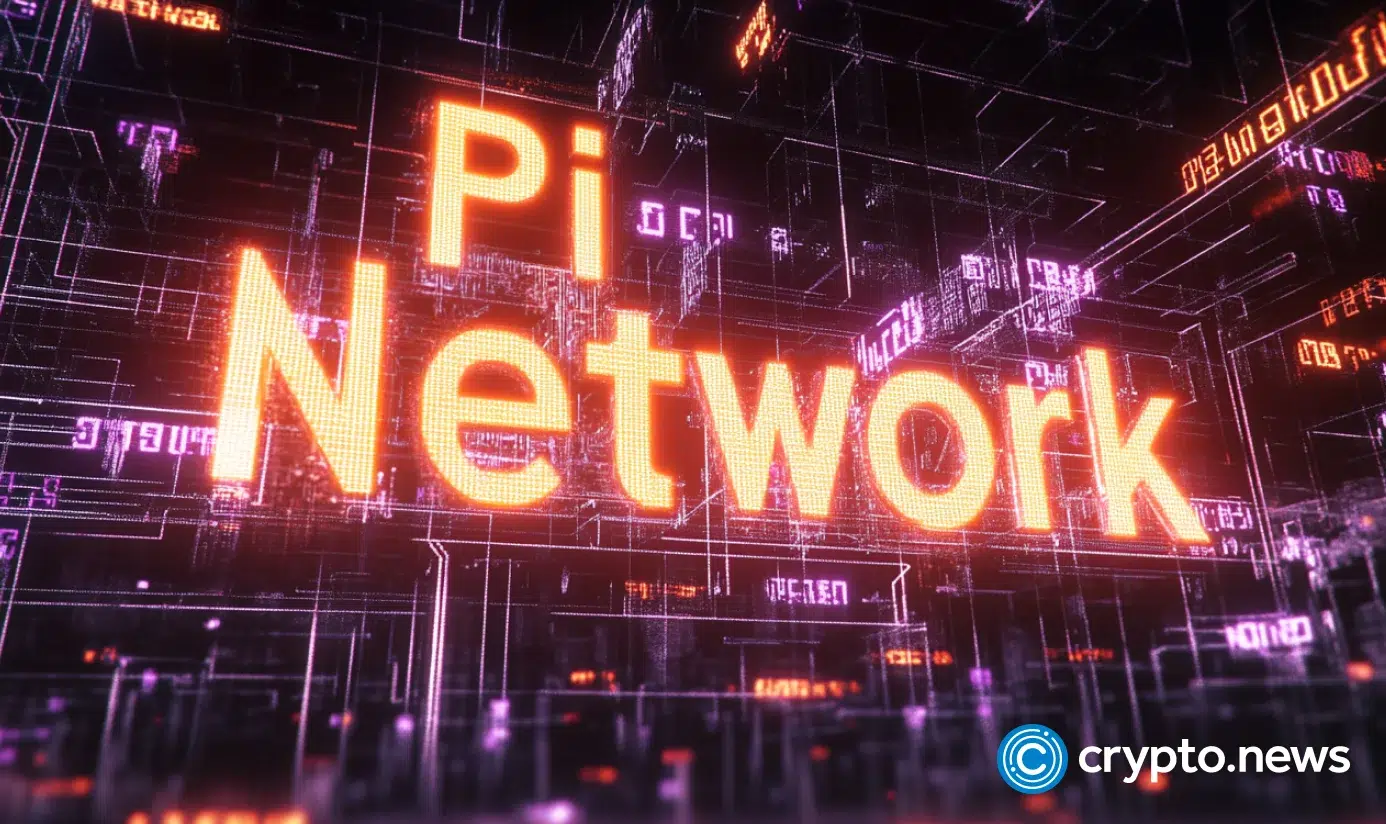


![The 2026 AI Search Benchmark Every SEO Leader Needs [Webinar] via @sejournal, @lorenbaker](https://www.searchenginejournal.com/wp-content/uploads/2025/11/1-259.png)




